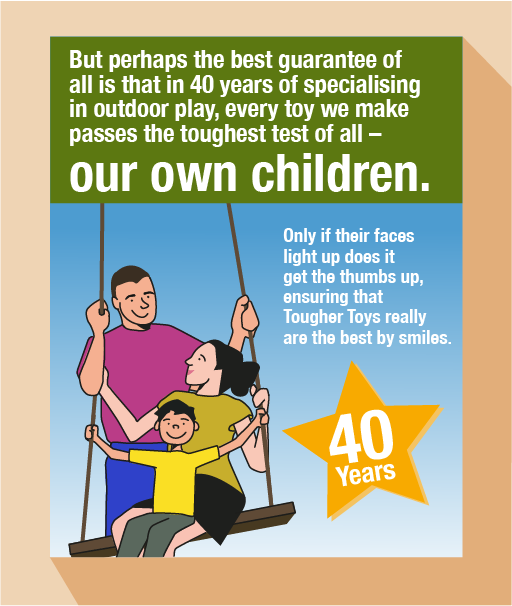4.4 Persuasive texts
Persuasive texts are texts that try to persuade the reader. They normally have:
- a point of view
- arguments and evidence to support that point of view.
A persuasive text such as an advertisement may use the following:
- simple words and bright pictures
- rhetorical questions, i.e. questions that are asked without expecting an answer (‘What are you waiting for?’ ‘Have you ever seen such a bargain?’)
- exclamation marks and capital letters (‘EVERYTHING MUST GO!!’)
- emotive language (‘abandoned, abused, unloved, these animals need your help’).
Activity 22 How do persuasive texts work?
Study the following three texts. How would you say each of them tries to persuade the reader?
Text 1
Discussion
- Words like ‘madness’, ‘amazing’ and ‘mad’ grab your attention and make you read the advertisement. Words like these are called emotive words. Although they are attention grabbing, they do not really give any information and often exaggerate.
- Bold type and capitals are used for emphasis.
- The phrase ‘Must end Wednesday’ suggests you have to hurry to take advantage of the offer.
Discussion
This advert:
- appeals to parents by using the ideas of children and safety together
- refers to ‘our own children’
- uses the word ‘smiles’ instead of ‘miles’ to add humour
- plays on the idea that good parents would buy only safe toys for their children
- suggests that only their toys will make children smile.
Text 3
To the Editor
Dear Sir/Madam
The number of cars dumped in the city is now beyond a joke. It is absolutely horrendous that no one is taking an interest in something which is causing such a danger to our children.
The situation needs to be tackled NOW, not tomorrow. If nothing is done quickly someone will be killed and our Town Councillors will have blood on their hands.
Yours not very faithfully
Anne Angry
Discussion
This letter:
- uses extreme and emotive language: ‘horrendous’, ‘killed’, ‘blood on their hands’
- highlights the safety of children
- plays on words at the end – ‘Yours not very faithfully’ rather than ‘Yours faithfully’ makes you read it twice
- makes no attempt to be fair or quote opposite points of view.
In this section you have looked at:
- how texts have different audiences and purposes
- the different features of texts that instruct, describe or persuade.


